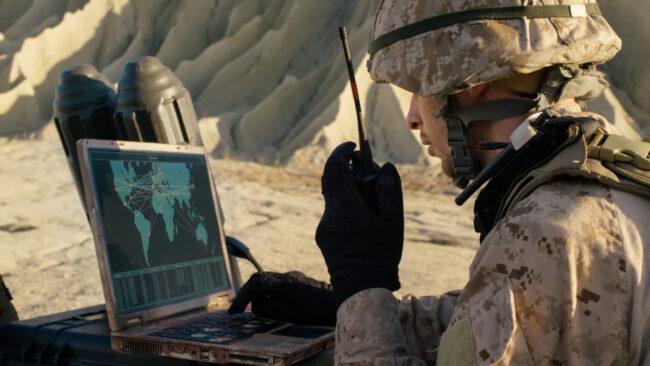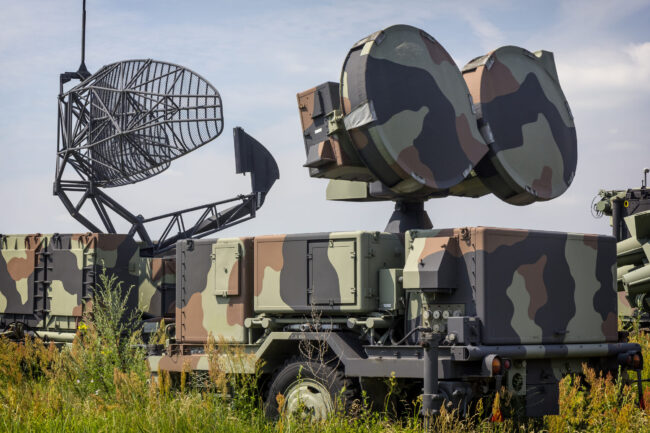By Jim Doyle, CEO of NEOTech
 Electronics Have Become the Battlefield
Electronics Have Become the BattlefieldFor much of history, military strength was defined by visible power: fleets of ships, columns of tanks, formations of aircraft. But the battlefield is changing, and it’s changing fast. In today’s conflicts—and even more so in the conflicts we anticipate over the next 5 to 10 years—the true advantage lies not in mass, but in mastery of the invisible domains: signals, data, space, and autonomy.
Electronics are no longer just components within a weapon system. They are the weapon system. They are the enabler of resilience, precision, security, and dominance across every domain of modern warfare.
The war in Ukraine has become a case study in how future conflicts will unfold.
We’ve seen:
Behind all these advancements is a common denominator: advanced, ruggedized, mission-specific electronics. The lessons are clear—wars are now won not just with firepower but with the ability to control information, communication, and precision effects in real-time.

China’s investments in anti-satellite weapons, electronic warfare units, and AI-driven systems signal their understanding of this shift. The first shots in any Pacific conflict may very well be fired in cyberspace and orbit, not in the Taiwan Strait.
Over the next half-decade, defense strategies will focus heavily on:
Expanding autonomous systems—drones, unmanned ground vehicles, maritime platforms, and loitering munitions will require compact, secure, and highly reliable electronics to operate in swarms and contested environments.
Hardening space assets—space-based ISR and communications will demand electronics that survive radiation, jamming, and direct attacks.
Enhancing cyber resilience at the hardware level—as threats grow more sophisticated, ensuring trust in hardware will become as critical as securing software.
Integrating AI into battlefield systems—requiring advanced processors and sensor arrays capable of edge decision-making under extreme conditions.
 The Next 10 Years: Convergence of Domains, AI, and Hypersonics
The Next 10 Years: Convergence of Domains, AI, and HypersonicsLooking a decade ahead, the battlespace will continue to converge across land, sea, air, space, and cyberspace, unified by rapid, resilient electronic systems. We’ll likely see:
Hypersonic systems paired with real-time data fusion—requiring electronics that withstand high-G, high-heat, and extreme environmental stress.
Fully autonomous kill chains—with AI systems analyzing ISR data and initiating response faster than any human can react.
Space-based electronic warfare and active defense systems—to protect satellites critical to communications, targeting, and navigation.
Quantum-resistant communications and cryptography—embedded at the hardware level to safeguard mission integrity against the next generation of threats.
For companies like NEOTech, the mission is clear: we must be ahead of these developments, not reacting to them.
That means:
We aren’t just building circuit boards — we’re building the future capabilities that will defend freedom and maintain deterrence in an increasingly volatile world.
Electronics Will Decide the Future of Warfare
Global conflict isn’t theoretical. It’s already unfolding in Eastern Europe. It’s looming in the Pacific. And it’s advancing in cyberspace every day.
The next 5 to 10 years will demand defense systems that are faster, smarter, and more resilient than anything fielded today — and at the heart of that evolution is electronics.
At NEOTech, we’re proud to stand alongside our partners in defense and aerospace, helping ensure that when the next conflict comes — whether on land, at sea, in the sky, in space, or across networks — our technology will give them the advantage they need to protect what matters most.